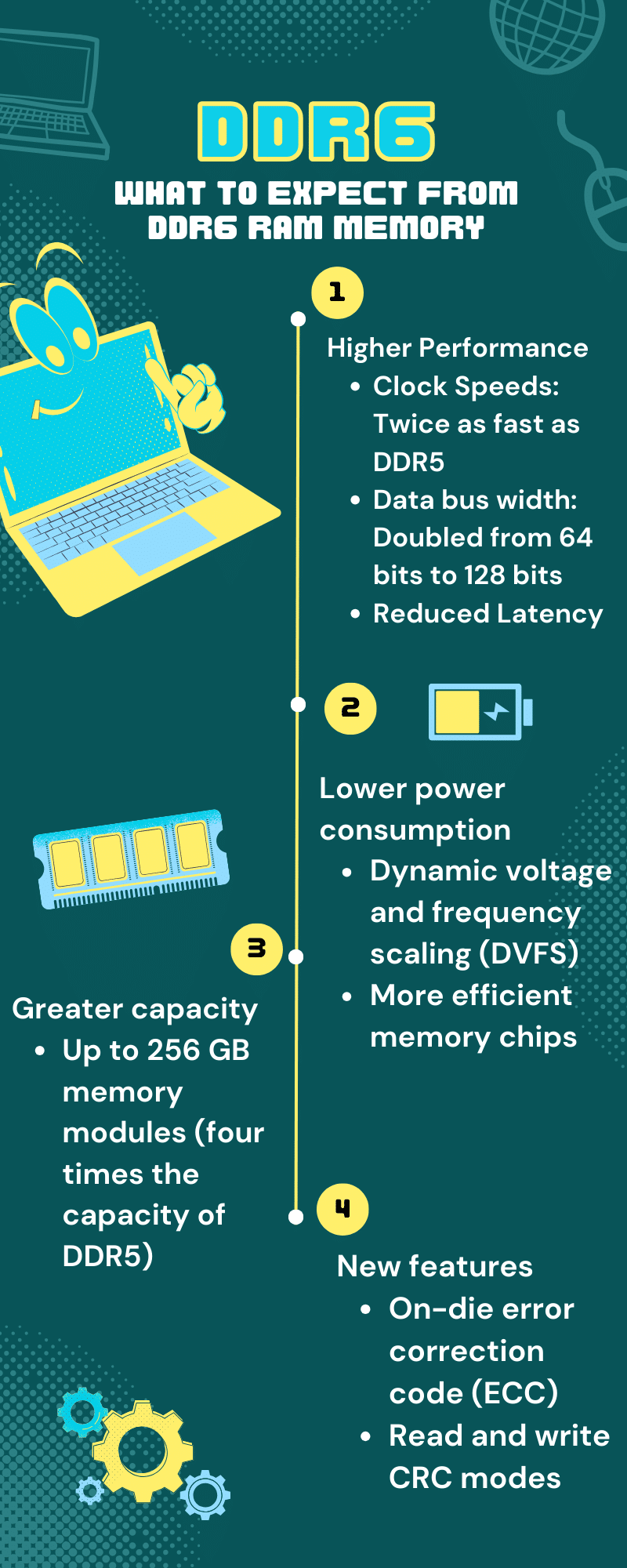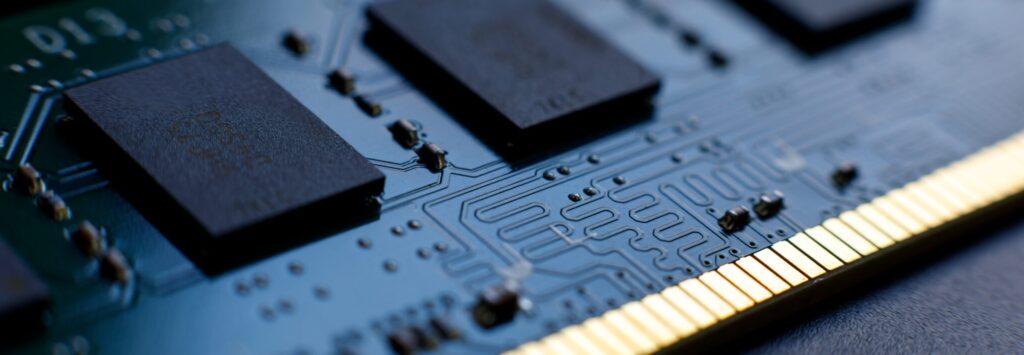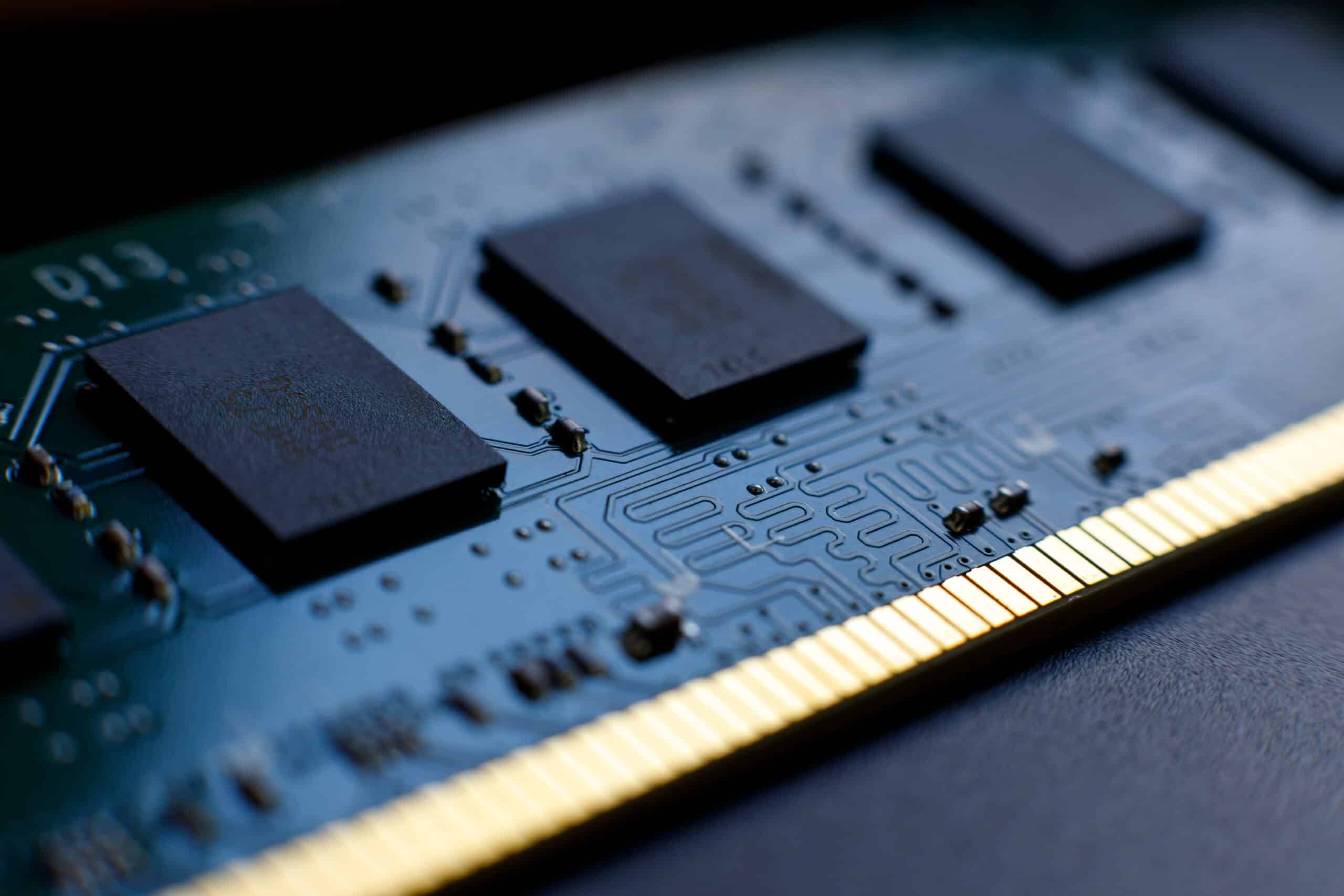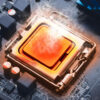DDR6 RAM is the next generation of memory technology, and it is expected to offer a number of advantages over DDR5, including higher performance, lower power consumption, and greater capacity. DDR6 is still in development, and its much anticipated release date is forecasted to happen in the next few years. Once it is released, DDR6 is expected to quickly become the standard memory for high-performance computers and servers.

Let’s take a deeper look at each of these updates.
Performance
DDR6 is expected to see a significant performance improvement over DDR5. This is due to a number of factors, including increased clock speeds, improved data bus width, and reduced latency.
DDR6 clock speeds are expected to start at 12,800 MT/s, which is twice as fast as DDR5. The data bus width is also expected to be doubled, from 64 bits to 128 bits. This means that DDR6 will be able to transfer twice as much data per clock cycle as DDR5.
DDR6 latency is also expected to be reduced. Latency is the time it takes for a memory controller to access data in memory. Lower latency means that data can be accessed more quickly, which improves performance.
Power consumption
DDR6 is also expected to consume less power than DDR5. This is due to a number of factors, including the use of new power management techniques and the use of more efficient memory chips.
One of the new power management techniques that is expected to be used in DDR6 is dynamic voltage and frequency scaling (DVFS). DVFS allows the memory controller to adjust the voltage and frequency of the memory chips based on the workload. This helps to reduce power consumption when the memory is not being used heavily.
DDR6 memory chips are also expected to be more efficient than DDR5 memory chips. This is due to a number of factors, including the use of new manufacturing processes and the use of new materials.
Capacity
DDR6 is expected to support higher capacity memory modules than DDR5. This is due to a number of factors, including the use of new memory packaging technology and the use of higher density memory chips.
DDR6 memory modules are expected to be available in capacities of up to 256 GB. This is four times the capacity of the largest DDR5 memory modules.
New features
DDR6 is also expected to support a number of new features, such as on-die error correction code (ECC) and read and write CRC modes. These features will help to improve the reliability and integrity of data stored in DDR6 memory modules.
On-die ECC is a type of ECC that is implemented on the memory chip itself. This is in contrast to traditional ECC, which is implemented on the memory controller. On-die ECC is more efficient and can detect and correct more errors than traditional ECC.
Read and write CRC modes are used to check the integrity of data that is being read from and written to memory. If an error is detected, the CRC mode can automatically correct the error.
Preparing for DDR6
DDR6 is the next generation of memory technology, and it is expected to offer a number of advantages over DDR5. And while DDR6 memory modules represent an incredible advance in memory, it will be a while until it becomes available. Until then, Accelerated Memory Production’s DDR5 DRAM modules are available in several different configurations to meet the needs of a wide range of industries. To learn more about AMP, Inc’s extensive range of products and offerings, you can contact our team at 714-460-9800 or sales@ampinc.com.






